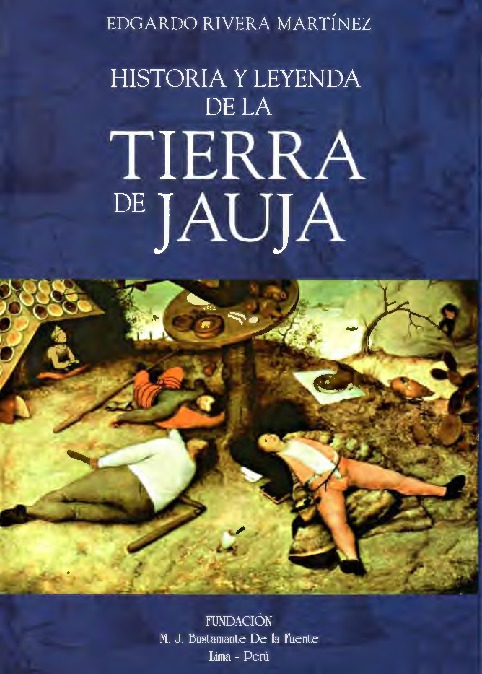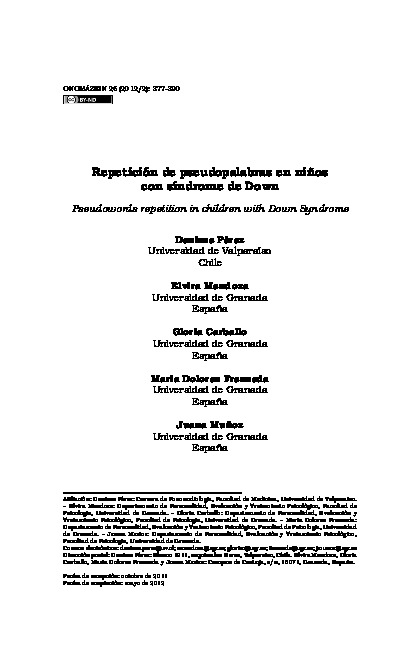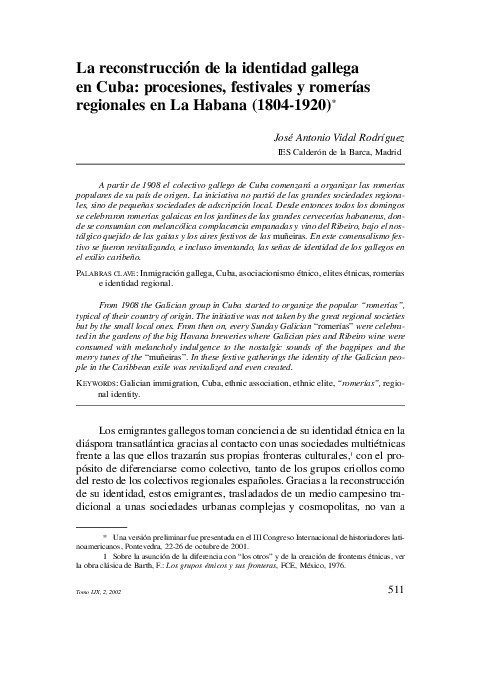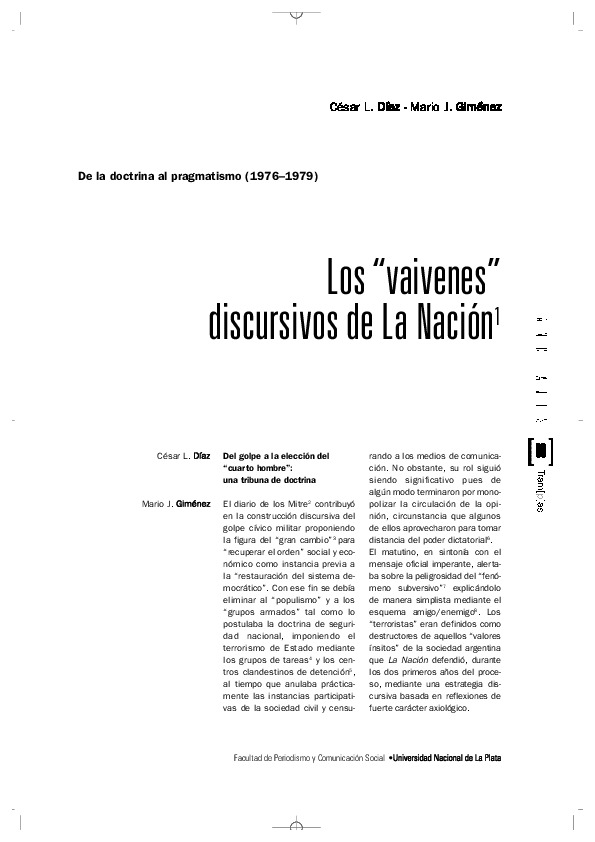Textos
Texto
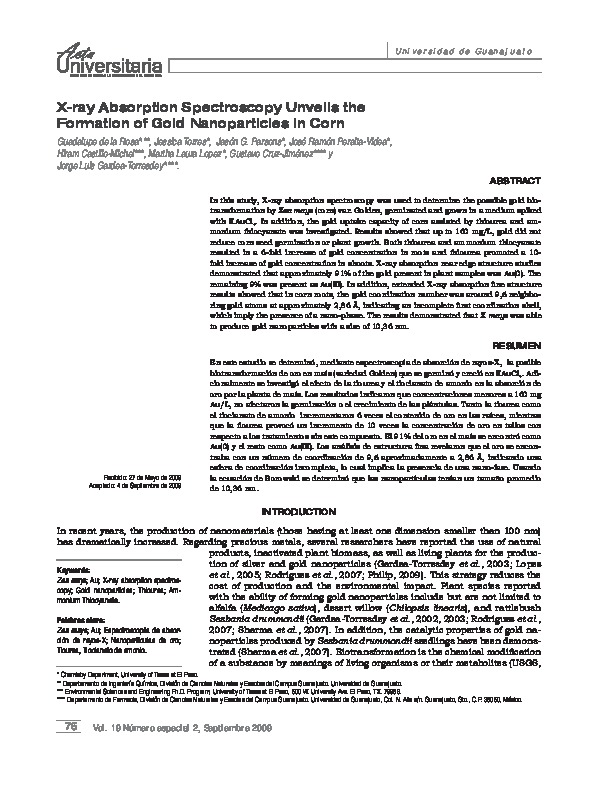
X-ray absorption spectroscopy unveils the formation of gold nanoparticles in corn
Descripción
In this study, X-ray absorption spectroscopy was used to determine the possible gold biotransformation by Zea mays (corn) var. Golden, germinated and grown in a medium spikedwith KAuCl4. In addition, the gold uptake capacity of corn assisted by thiourea and ammoniumthiocyanate was investigated. Results showed that up to 160 mg/L, gold did not reduce corn seed germination or plant growth. Both thiourea and ammonium thiocyanate resulted in a 6-fold increase of gold concentration in roots and thiourea promoted a 10-fold increase of gold concentration in shoots. X-ray absorption near edge structure studies demonstrated that approximately 91% of the gold present in plant samples was Au(0). There maining 9% was present as Au(III). In addition, extended X-ray absorption fine structure results showed that in corn roots, the gold coordination number was around 9,5 neighboring gold atoms at approximately 2,86 Å, indicating an incomplete first coordination shell, which imply the presence of a nano-phase. The results demonstrated that Z. Mays was able to produce gold nanoparticles with a size of 10,36 nm.
De la Rosa, G. et al. (2009). X-ray absorption spectroscopy unveils the formation of gold nanoparticles in corn. Acta Universitaria, 19 (Nro. Especial), pp. 76-81.
Categorias:
Colecciones:
Recuerda
La cultura y la educación necesitan de tu apoyo activo.
Información del autor
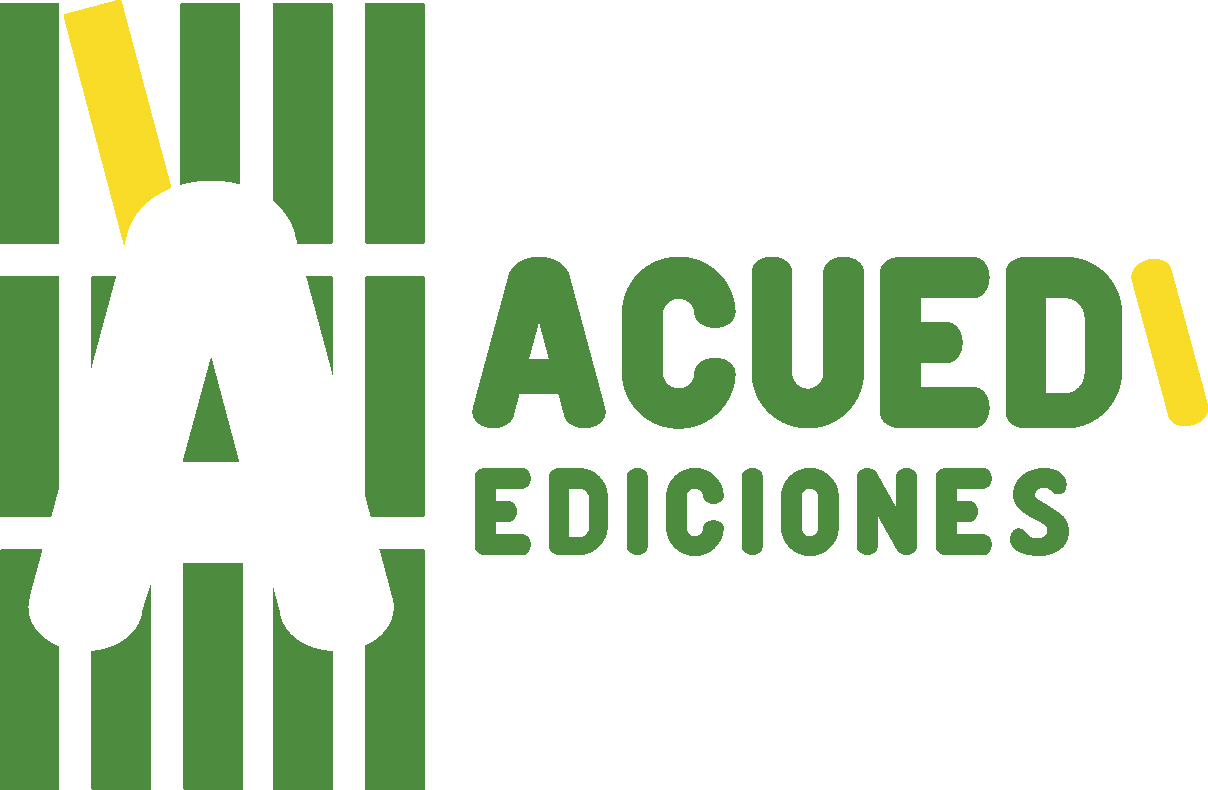
ACUEDI
ACUEDI son las siglas de la Asociación por la Cultura y Educación Digital. Somos una asociación civil sin fines de lucro, con sede en Lima (Perú), fundada en noviembre del 2011. Nuestro principal objetivo es incentivar la lectura y la investigación académica, especialmente dentro de espacios digitales. Para ello hemos diseñado una serie de proyectos, todos ellos relacionados entre sí. Este es nuestro proyecto principal, nuestra Biblioteca DIgital ACUEDI que tiene hasta el momento más de 12 mil textos de acceso gratuito. Como tenemos que financiar este proyecto de algún modo, ya que solo contamos con el apoyo constante y desinteresado de la Fundación M.J. Bustamante de la Fuente, hemos creado otros proyectos como ACUEDI Ediciones, donde publicamos libros impresos y digitales, y la Librería ACUEDI, donde vendemos libros nuestros y de editoriales amigas ya sea mediante redes sociales, mediante esta plataforma, en eventos o en ferias de libros.ACUEDI
